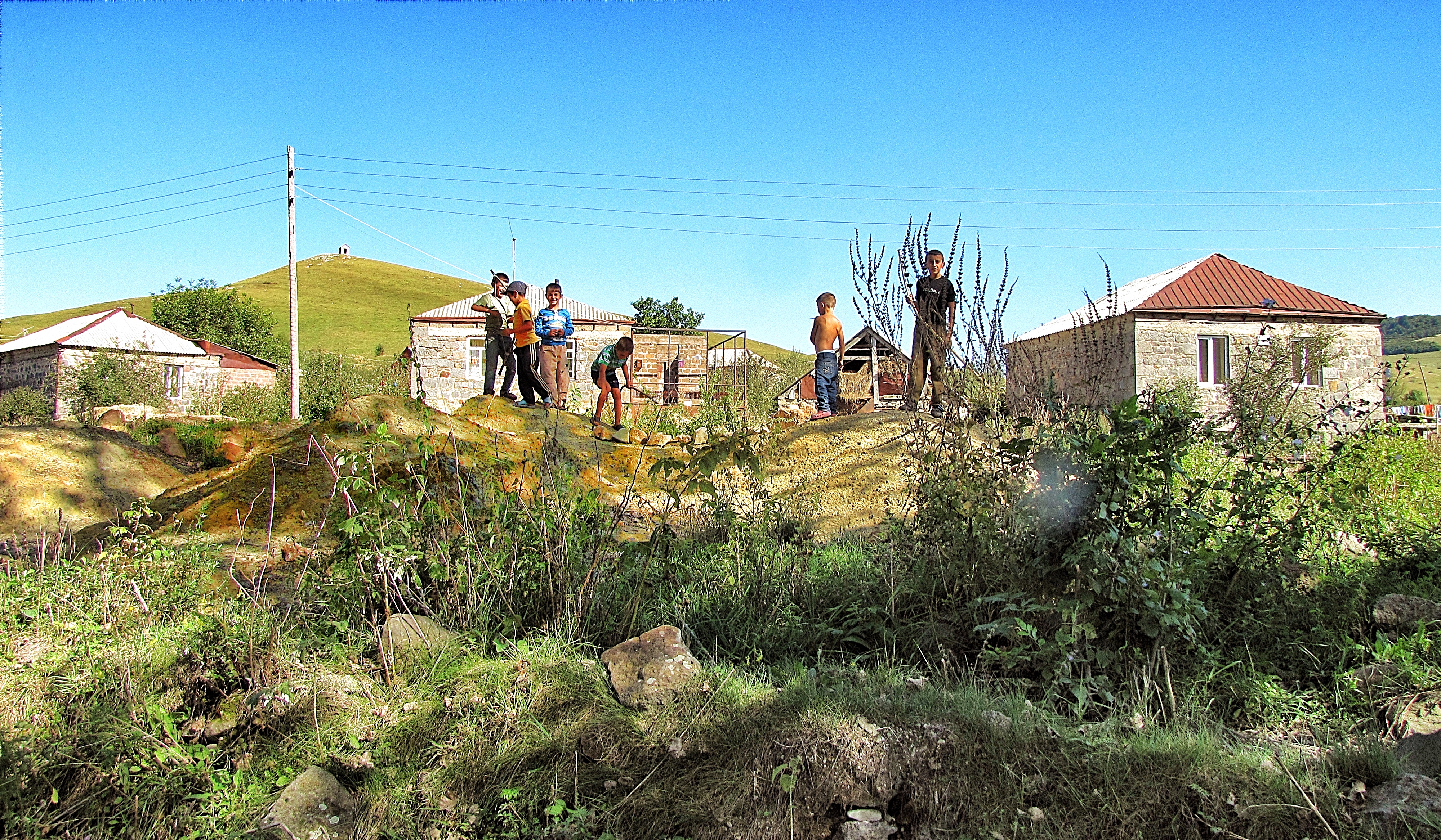
AUA Evaluates 25 Toxic Waste Sites Near Communities in Armenia
3 min readSchool of Public Health and Acopian Center for the Environment Act on Toxic Waste in Armenia
YEREVAN–The AUA School of Public Health and the AUA Acopian Center for the Environment have partnered with the Blacksmith Institute and two Armenian governmental ministries to develop an inventory of toxic waste sites in Armenia.
The inventory is part of the Toxic Site Identification Program (TSIP) that is led by the Blacksmith Institute–an international not-for-profit organization developing a global inventory of toxic hotspots that pose a risk to human health in low and middle-income countries.
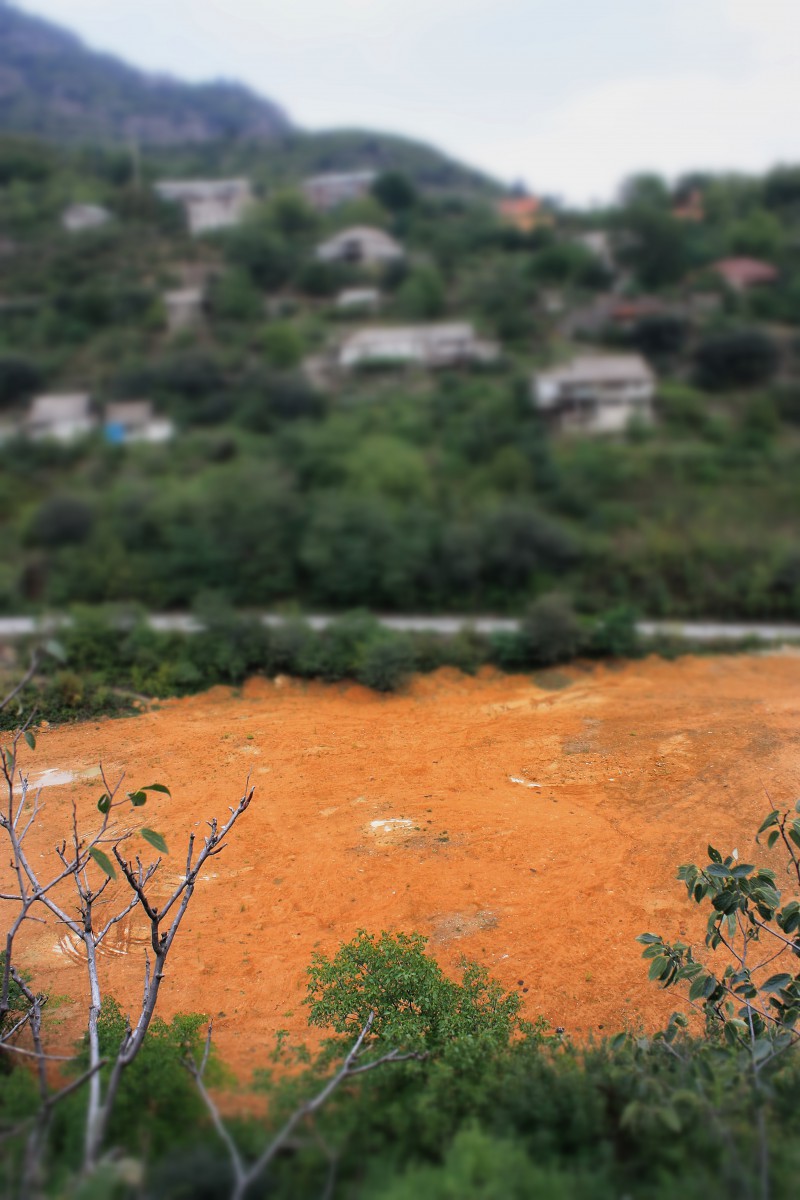 Using Blacksmith’s initial site assessment protocol, the project evaluated 25 sites across 5 regions in Armenia that have been impacted by mining and other industrial activity. Some of the sites are newly contaminated while others may have a legacy of contamination from the Soviet period.
Using Blacksmith’s initial site assessment protocol, the project evaluated 25 sites across 5 regions in Armenia that have been impacted by mining and other industrial activity. Some of the sites are newly contaminated while others may have a legacy of contamination from the Soviet period.
A team of five AUA researchers worked over one year, in 2012, under the leadership of the project’s principal investigators, Dr. Varduhi Petrosyan, associate dean of the AUA School of Public Health and Dr. Karen Aghababyan, chief scientist of AUA ACE. The team has been analyzing and synthesizing the data of their findings throughout the first quarter of 2013.
“In many of the samples, especially those from agricultural and residential soil, heavy metal concentrations were above internationally allowable maximum levels,” explains Dr. Petrosyan. “Some of the heavy metals detected in these samples include arsenic, lead, cadmium, and chromium–all of which pose significant public health risks, including cancer and infertility.”
Overall, the study found that tailing ponds and dumps in these mining communities were in a neglected state with no proper fencing and no systematic or adequate monitoring. In addition, these locations had reported many cases of accidents that had resulted in leakage of the toxic pollutants. In some cases, abandoned tailing sites were used as pastures or gardens, while in others the tailings were used as construction materials by residents.
“Children are exposed to these heavy metals through the contaminated soil in their yards and school playgrounds,” notes Dr. Petrosyan, adding that AUA will continue to evaluate these communities as more sites are identified.
“It is time to act on what we know,” says Alen Amirkhanian, director of AUA Acopian Center. “We know there is contamination. Our ethical obligation as a research institution is to transfer this knowledge to affected communities in a useful form.”
“AUA must be engaged in educating people living in these communities about the proper handling and management of toxic waste present in their communities so that they minimize exposure to themselves,” he adds.
The AUA Acopian Center and the School of Public Health are planning to work on this over the coming summer. “We are looking for partners who have wide networks and relationships within communities near mining and mineral processing sites,” explains Amirkhanian.
In addition, the AUA Acopian Center and the School of Public Health are seeking funding for cleanup efforts in communities where the scale of contamination is both small and manageable.
“Cleanup of small-scale contaminated sites will allow us to pilot approaches and technologies,” adds Amirkhanian. “Large-scale cleanup is technically complex and financially costly and requires collaboration between many key players.”
AUA is also organizing an international scientific symposium on “Emerging Issues in Environmental and Occupational Health: Mining and Construction in Transition Economies” on April 22-23, 2013. This symposium is being organized in cooperation with the Collegium Ramazzini, an independent, international academy advancing the study and practice of occupational and environmental health and safety. This past November, AUA organized an international conference on mining and socio-economic development. Conference videos and research papers are available here.
“Leading experts from around the world will participate in this conference where they will make recommendations toward solutions of occupational and environmental health problems in Armenia and other transitional economies, ” says Dr. Petrosyan. “The research they present will shine a light on the growing health risks facing workers, communities and children in Armenia.”
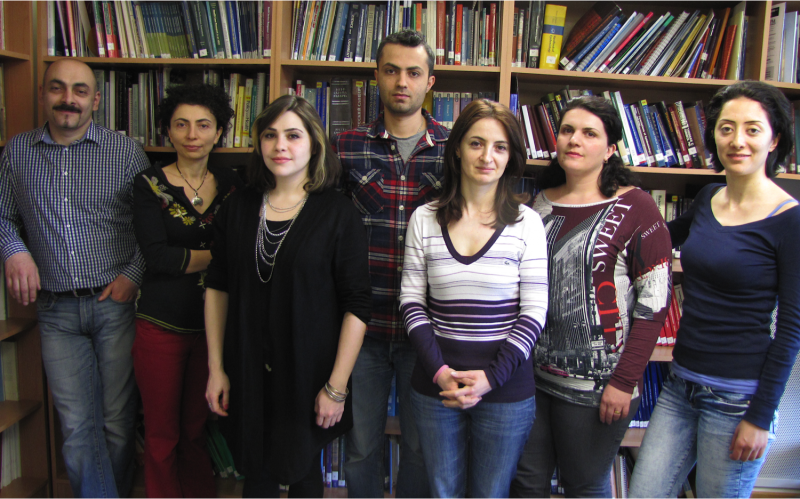
The research team: Karen Aghababyan, Varduhi Petrosyan, Dzovinar Melkom Melkomian, Vahe Khachadourian, Aida Giloyan, Hripsime Martirosyan, and Ruzanna Grigoryan.
With respect to the AUA-Blacksmith study, the Armenian Ministry of Health and Ministry of Nature Protection will receive a copy of the database containing the 25 toxic sites. AUA will provide technical support to develop a National Toxics Action Plan in collaboration with the Ministries of Health, Nature Protection, and Emergency Situations and other appropriate stakeholders.
The AUA Acopian Center for the Environment (AUA ACE) is a research center of the American University of Armenia. AUA ACE promotes the protection and restoration of the natural environment through research, education, and community outreach. AUA ACE’s focus areas include sustainable natural resource management, biodiversity and conservation, greening the built environment, clean energy and energy efficiency, as well as information technology and the environment.
The AUA School of Public Health works actively to improve the health of the populace and health services in Armenia and the region through interdisciplinary education and development of public health professionals and others to be leaders in public health, health services research and evaluation, and health care delivery and management.

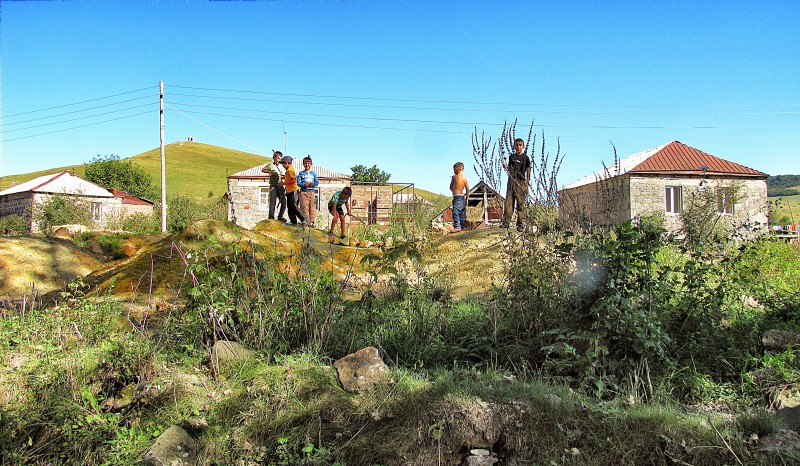
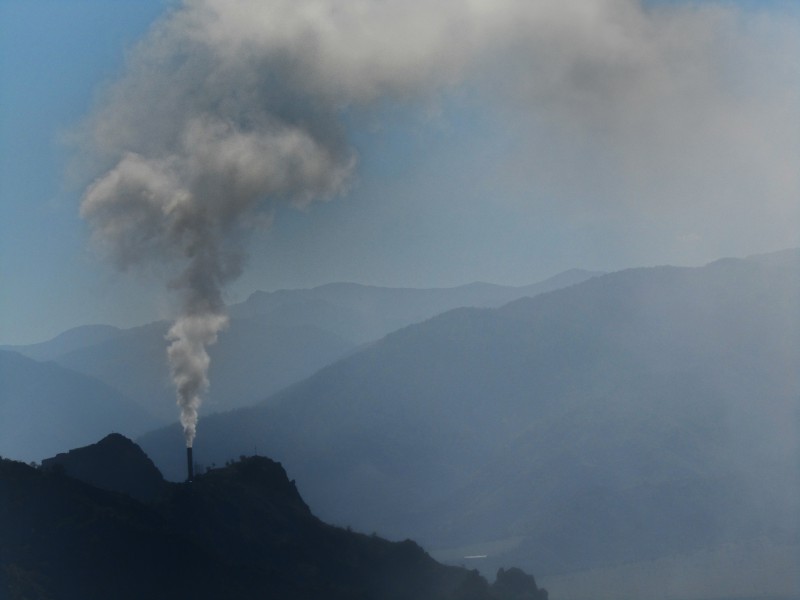
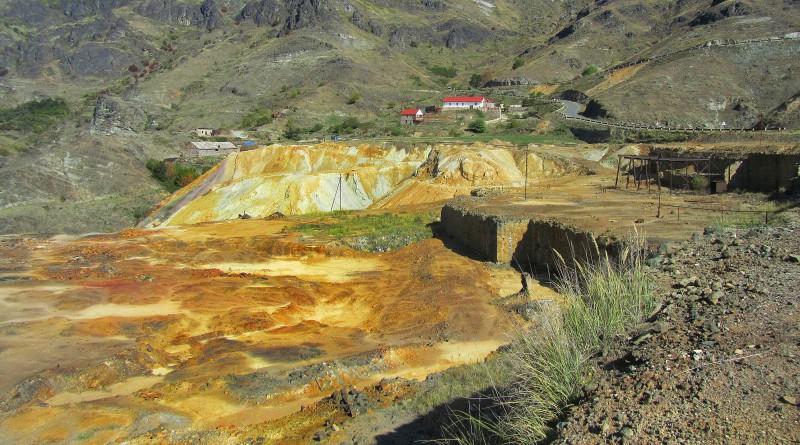
Comments are closed, but trackbacks and pingbacks are open.